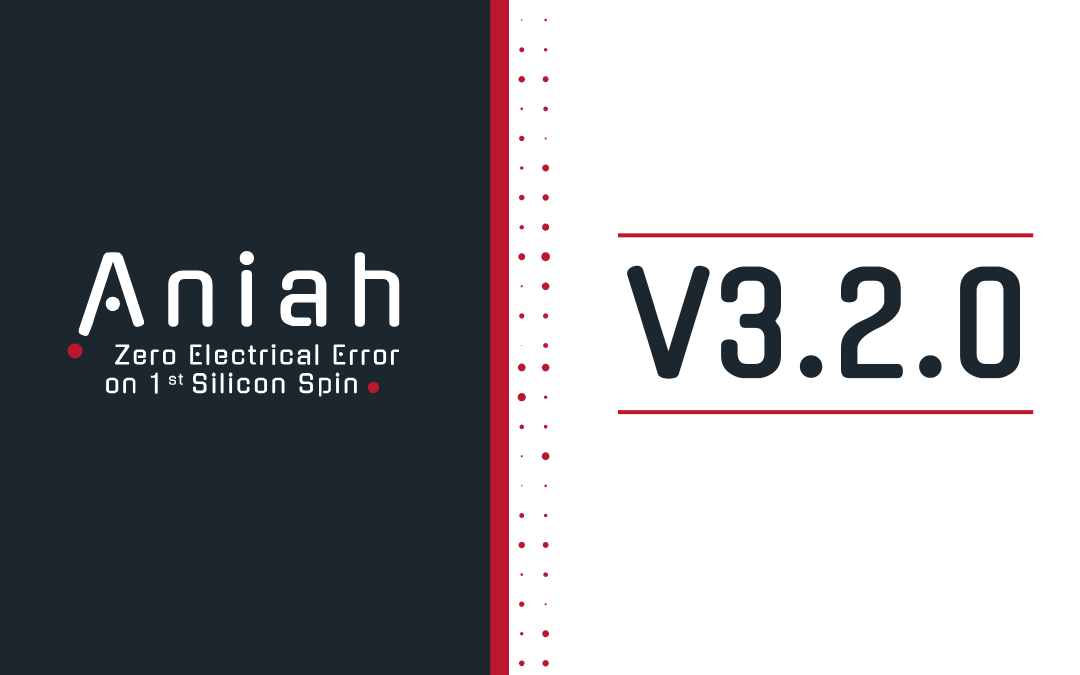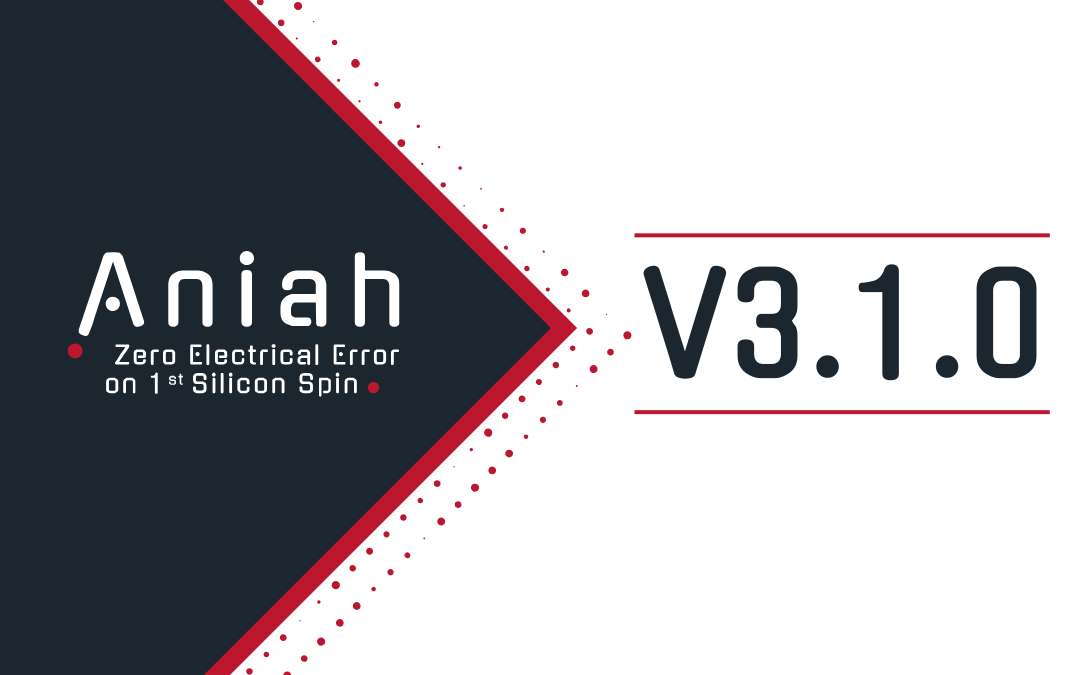Productivity
and Quality for
all Chip Designs.
Why is full-chip electrical verification essential?
100% exhaustive and accurate
- Detects all errors thanks to an electrically-accurate analysis at transistor-level on the full IC
- Built from the ground up to remove the burden of false errors
- Covers all possible power states in a single run
- Enables focusing on correcting real errors rather than filtering out false errors
Easy to use for all IC designers
- Minimizes setup effort thanks to Aniah’s smart analysis algorithm
- Provides the benefits of formal verification at transistor level to analog and digital design engineers
- Efficient results analysis interface including seamless integration with design tools for cross-probing
Unique error detection capacity
Our error detection capacity is unparalleled by both Spice and static ERC :
- Conditional High-Impedance in large-scale VLSI, including non-systematic errors
- Reliability and electrical overstress errors in ICs with complex HV/LV voltages mix
- Detection capacity is independent of IC scale – up to one billion of transistors

Mourad Djouder
at STMicroelectronics.
About us
A smart circuit analysis algorithm to unleash the potential of vectorless static transistor-level verification
Founded in
2019
in Q4
Total funding
9.8 M€
in 2024, Q4
Team
22 people
and growing!
International
3 agencies
France, Taiwan, USA
Our stories

Aniah® keeps on improving it’s ERC solution with the Release of OneCheck V3.2.0
We’re pleased to announce that the new version of OneCheck is here ! Version 3.2 brings the following significant improvements : View results directly in the schematic you’re familiar with, thanks to a reworked and powerful back-annotation mechanism in Cadence’s...

Aniah® wins iVenture prize at Tech&Fest 2025
Aniah took part for the second time in the Tech & Fest trade fair, held in Grenoble on 5 and 6 February 2025. This event, now a must for innovation in Europe, brings together researchers, investors and entrepreneurs. Over the two days, iForum gave Aniah the...

Just Three Months After V3.0, Aniah® Announces the Release of OneCheck V3.1.0
We’re please to announce that the new version of OneCheck is here ! Version 3.1.0 brings major enhancements to OneCheck, including : Greatly improved error detection and clustering heuristics New integrity checking functionality Management of double dependencies in...